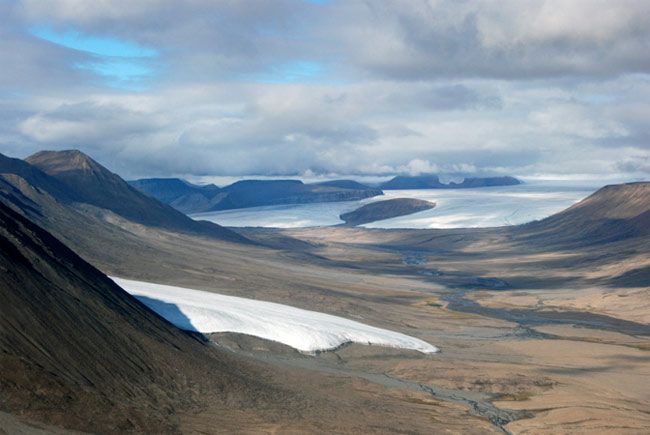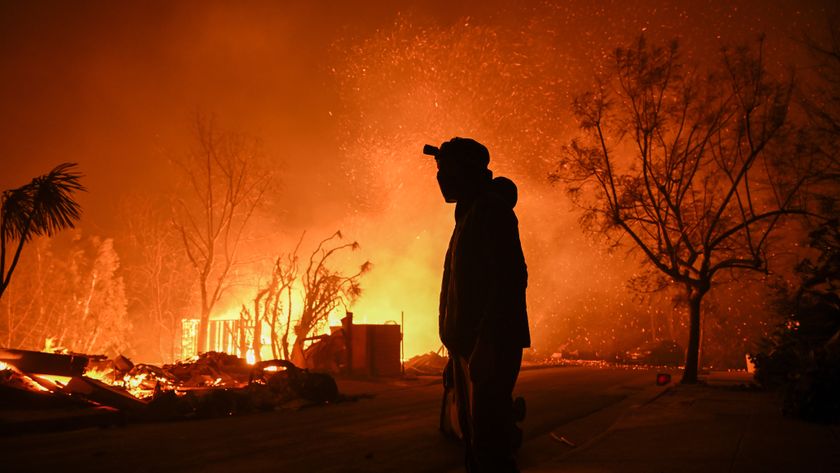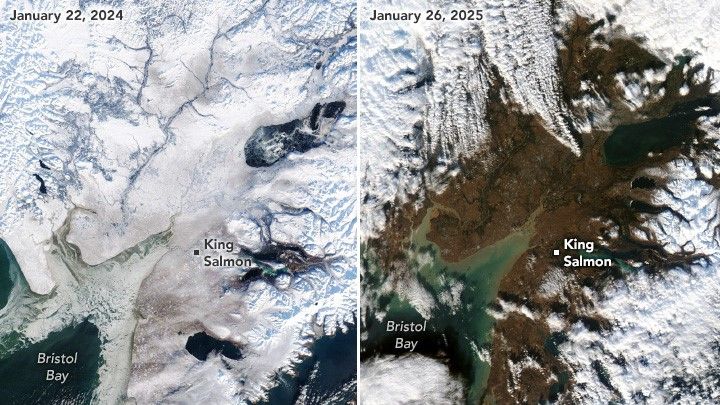2-Million-Year-Old 'Mummy Trees' Reveal Harsh Climate

SAN FRANCISCO – When rangers came across mummified wood uncovered by a melting glacier in the northernmost Arctic reaches of Canada, they had no idea they were staring at an ancient forest dating back millions of years. Researchers eventually found a twisted tangle of preserved trees that reflects a harsh struggle to survive during an ancient global cooling period.
The spindly trees would have barely hung on during a time when the Arctic climate changed from greenhouse to icehouse, on top of enduring darkness for half of each year. Signs of stress are evident in narrow tree rings and undersized leaves that were preserved at the time of death – when a landslide may have buried the trees alive. [Image of mummy leaf]
"We know the climate was really hitting the fan for these guys," said Joel Barker, a biogeochemist at the Byrd Polar Research Center of Ohio State University.
Barker discussed the find here at the 2010 fall meeting of the American Geophysical Union. His group's discovery in Ellesmere Island National Park represents the northernmost mummified forest site in Canada.
Making a tree mummy
Mummified trees end up preserved because they were dried out – similar to how Egyptian mummies were created. That means the 2-million-year-old tree remains can still burn, if anyone was looking for some ancient firewood.
"I tried to dry some wood samples in a furnace," Barker explained. "I accidentally set the temperature too high, and they caught fire."
Sign up for the Live Science daily newsletter now
Get the world’s most fascinating discoveries delivered straight to your inbox.
Such tree mummies are unlike the petrified forests found in other parts of the world, where mineral deposits from water slowly replace wood with hard rock.
Several regions of the Arctic have mummified forests. But the latest site stands out because it contains just a few hardy tree species such as birch and spruce — a testament to the northernmost site's exposure to the ancient changing climate.
"Species diversity elsewhere is quite high," Barker said. "In our site, the trees were living right on the edge and struggling to survive."
Life on the edge
The site sits in an upper Arctic region that changed to a scrubby, treeless landscape about 2 million years ago, and so researchers know the mummified trees must be at least that old. There are also no signs of the previously common Metasequoia redwood trees that vanished in the area around 10 million years ago, which gives the tree mummies an upper age limit.
The thawing permafrost and retreating glaciers driven by global warming have helped reveal mummified trees in more recent times, but many sites likely remain undiscovered in the vast Arctic wilderness.
Barker only found the latest site after being tipped off by a park warden in 2009. He and his colleagues flew back in the summer of 2010 by hopping from city to city, and then switched to a Twin Otter light aircraft before heading to the site in a helicopter.
Getting up there
The researchers were racing against time, because they had a planned field season of just two weeks. But foggy weather kept them grounded in Nunavut, Canada, for a week, which left them with just four days by the time they reached Ellesmere Island National Park.
"We spent our time just running around," Barker told LiveScience. "We pulled long days."
They managed to gather what they considered as representative samples of the mummified tree branches, roots and leaves, as well as larger quantities to examine back in the lab. But they also hope to go back with a broader group of experts and spend at least one month on-site.
Chemical and DNA analyses of the tree mummy samples is ongoing as the researchers try to better understand the conditions at the time. Eventually, they hope to run the story of what happened to the trees in reverse and figure out how the Arctic environment will adapt to the warming world of today.
"I think there's so much work that can be done here, and we want to do that," Barker said.
- Earth in the Balance: 7 Crucial Tipping Points
- North vs. South Poles: 10 Wild Differences
- The Harshest Environments on Earth
You can follow LiveScience Senior Writer Jeremy Hsu on Twitter @ScienceHsu.



